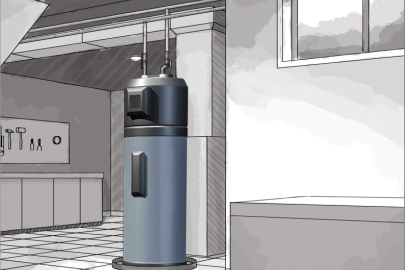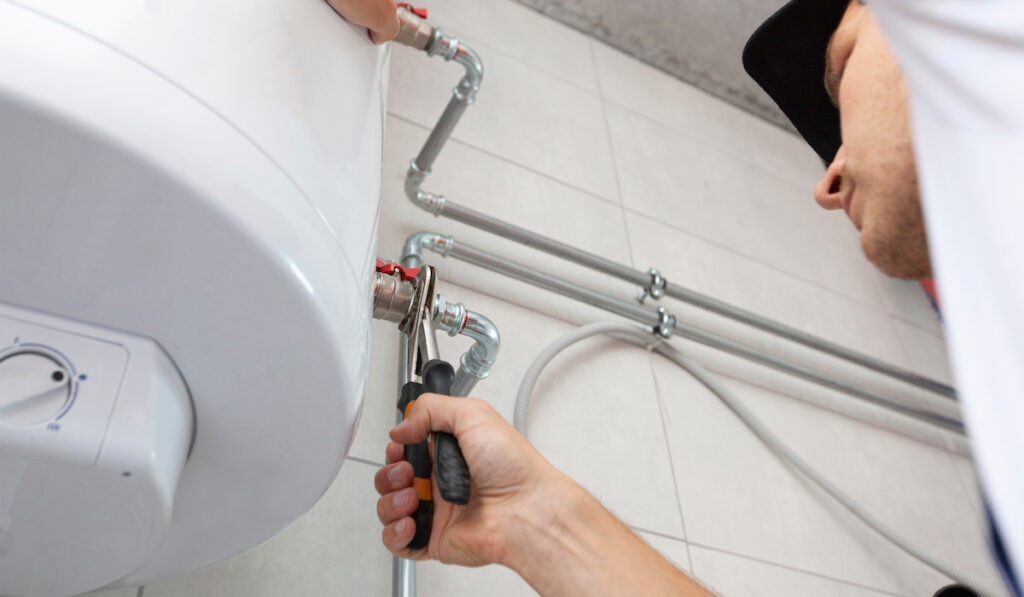How to Maintain Your Home's Hot Water System Functioning Well
How to Maintain Your Home's Hot Water System Functioning Well
Blog Article
This article underneath about How to Maintain Your Water Heater & Prolong its Life is highly motivating. Don't miss it.

Hot water is necessary for daily comfort, whether it's for a revitalizing shower or cleaning dishes. To guarantee your warm water system runs efficiently and lasts longer, regular maintenance is crucial. This post supplies sensible tips and insights on exactly how to preserve your home's hot water system to prevent interruptions and expensive fixings.
Intro
Keeping your home's hot water system might seem complicated, however with a couple of straightforward actions, you can guarantee it operates smoothly for years to come. This guide covers everything from understanding your hot water system to DIY maintenance suggestions and understanding when to employ expert aid.
Relevance of Preserving Your Warm Water System
Normal maintenance not only expands the lifespan of your hot water system but likewise guarantees it runs efficiently. Overlooking upkeep can bring about decreased efficiency, higher power bills, and even early failing of the system.
Indicators Your Hot Water System Needs Maintenance
Understanding when your warm water system requires focus can protect against major issues. Look out for indications such as irregular water temperature level, weird sounds from the heater, or rusty water.
Understanding Your Hot Water System
Prior to diving right into upkeep jobs, it's handy to recognize the basic components of your hot water system. Generally, this includes the water heater itself, pipes, anode rods, and temperature controls.
Regular Monthly Upkeep Tasks
Regular month-to-month checks can aid catch minor problems prior to they escalate.
Purging the Hot Water Heater
Flushing your water heater removes sediment build-up, enhancing effectiveness and lengthening its life.
Monitoring and Replacing Anode Rods
Anode rods protect against rust inside the tank. Inspecting and changing them when worn is important.
Evaluating and Changing Temperature Setups
Adjusting the temperature level setups guarantees optimal efficiency and safety.
Do It Yourself Tips for Maintenance
You can perform a number of maintenance jobs yourself to maintain your warm water system in top problem.
Checking for Leakages
Regularly check pipes and links for leaks, as these can lead to water damage and greater expenses.
Testing Pressure Relief Valves
Testing the stress safety valve ensures it operates appropriately and stops extreme pressure buildup.
Shielding Pipelines
Protecting hot water pipes lowers warmth loss and can save energy.
When to Call a Professional
While do it yourself maintenance is advantageous, some issues call for specialist competence.
Complicated Issues Calling For Expert Aid
Instances consist of major leaks, electrical problems, or if your hot water heater is continually underperforming.
Routine Specialist Upkeep Perks
Professional maintenance can consist of detailed assessments, tune-ups, and making sure compliance with safety standards.
Conclusion
Regular maintenance of your home's warm water system is essential for performance, durability, and cost savings. By following these pointers and understanding when to seek specialist assistance, you can guarantee a dependable supply of hot water without unanticipated disruptions.
How to Maintain an Instant Hot Water Heater
Before tinkering with your hot water heater, make sure that it’s not powered on. You also have to turn off the main circuit breaker and shut off the main gas line to prevent accidents. Also turn off the water valves connected to your unit to prevent water from flowing into and out of the appliance. 2. When you’re done, you have to detach the purge valves’ caps. These look like the letter “T†and are situated on either side of the water valves. Doing so will release any pressure that has accumulated inside the valves while at the same time avoid hot water from shooting out and burning your skin. 3. When the purge valves’ caps are removed, you have to connect your hosing lines to the valves. Your unit should have come with three hoses but if it didn’t, you can purchase these things from any hardware or home repair shops. You can also get them from retail stores that sell water heating systems. Read the user’s manual and follow it to complete this task properly. When the hosing lines are connected, open the purge port’s valves. 4. You should never use harsh chemical cleaners or solutions when cleaning your unit. Make use of white vinegar instead. It should be undiluted and you’ll probably use about 2 gallons. 5. Now flush your water heater. This task should probably take about 40 minutes. We can’t give you specific directions for this because the procedure is carried out depending on the type, model and brand of your heater. With that being said, refer to the user’s manual. 6. When you’re done draining the unit, you have to turn off the purge port valves again. Remove the hosing lines that you earlier installed on each of the water valves. Put the valve caps (purge port) back in their respective places and be very careful so as not to damage the rubber discs that are found inside these caps. 7. Now that everything’s back in place, check your user’s manual again to find out how to reactivate your water heating system. 8. Once it is working, turn one of your hot water faucets on just to let air pass through the heater’s water supply pipes. Leave the tap on until water flows smoothly out of it. https://www.orrplumbing.com/blog/2014/september/how-to-maintain-an-instant-hot-water-heater/

We had been brought to that editorial on Tips For Maintaining Your Hot Water Heater through a pal on our other website. Do you know someone else who is truly interested in the topic? Do not hesitate to share it. We appreciate your readership.
Call Today Report this page